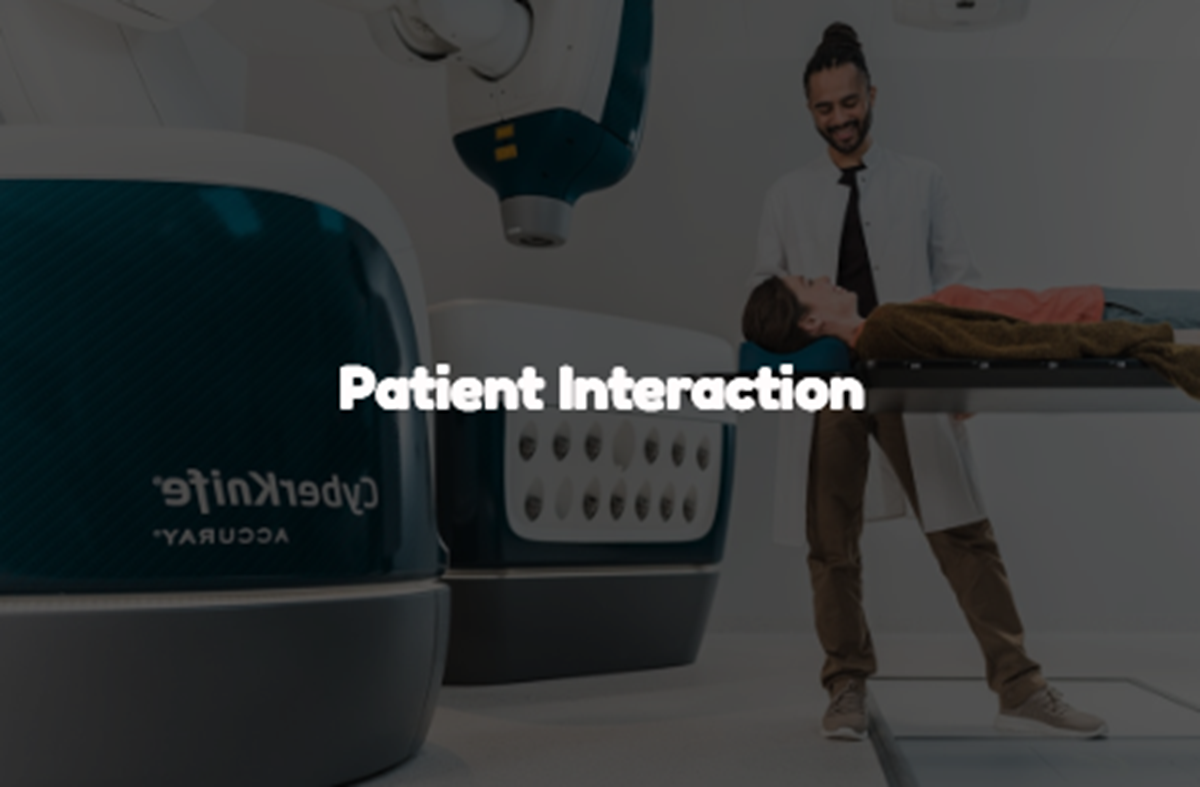Who’s behind your scans? Radiologist vs Technician: Learn how they team up to deliver accurate medical imaging and better healthcare outcomes.
In health care, it can be tricky to know the roles of different professionals. When it comes to medical imaging, two key players are radiologists and technicians. Radiologists are doctors who study images like X-rays and MRIs to find problems. Technicians, on the other hand, operate the machines that create these images.
Think of it like a team—each one has a special role that helps patients get the care they need. Understanding these differences can help you feel more confident in your medical journey. Keep reading to learn more about their important collaboration!
Key Takeaway
- Radiologists are doctors who interpret images and diagnose conditions.
- Radiologic technicians operate imaging equipment and have direct patient care.
- Both roles are essential for accurate medical imaging and patient safety.
Educational Requirements
The journey to becoming a radiologist in Australia is rigorous but rewarding. It begins with completing a medical degree, which typically takes five years. Following this, aspiring radiologists undergo a five-year residency program specialising in radiology. Some go even further, pursuing fellowships in areas such as nuclear medicine or interventional radiology to deepen their expertise.
This extensive training equips radiologists with a deep understanding of the human body and the diseases it can face(1). This knowledge is crucial, as approximately 80% of medical decisions rely on imaging findings. Radiologists act as healthcare detectives, using advanced imaging technologies to diagnose illnesses and guide treatment plans. Their role is pivotal in ensuring patients receive accurate and timely care.
Radiologic technicians, or medical imaging professionals, have their own essential journey in healthcare. Their education often spans three years, typically earning a Bachelor of Applied Science in Medical Imaging or a similar degree. During this time, they learn to operate complex imaging machines and ensure patients feel comfortable during their scans.
Technicians play a vital role in the imaging process, working closely with radiologists to obtain the highest quality images. While radiologists interpret the scans, technicians focus on patient care, positioning, and operating equipment with precision. Together, they form a cohesive team that ensures imaging procedures are smooth and effective, contributing significantly to patient outcomes.
Scope of Practice

Radiologists are the captains of a skilled healthcare team, using their expertise to study medical images like X-rays, MRIs, and CT scans. Their work is essential for diagnosing illnesses and guiding treatment decisions. Think of them as detectives, meticulously analysing scans to uncover clues about a patient’s health.
In collaboration with doctors and surgeons, radiologists help create detailed care plans tailored to each patient’s needs. They even assist in guiding procedures using advanced imaging techniques, ensuring accuracy and safety. This role requires a sharp eye and in-depth medical knowledge, as even the smallest details in a scan can hold the key to understanding a patient’s condition. Radiologists’ precision and insight make them invaluable in the journey to better health.
Radiologic technicians are an integral part of the healthcare team, operating sophisticated imaging machines to capture clear and accurate scans(2). When a patient comes in, technicians carefully position them, ensuring optimal angles for the best diagnostic images—much like arranging a perfect group photo.
Their role extends beyond just operating equipment. Technicians prioritise patient care, explaining procedures to ease nerves and ensuring a comfortable experience. They also follow strict safety protocols to minimise radiation exposure, creating a safe environment for both patients and staff.
Through their dedication and technical skill, radiologic technicians provide the foundation for radiologists to make accurate diagnoses. Their teamwork is essential to delivering high-quality care, ensuring each patient receives the attention and expertise they deserve.
Responsibilities
Radiologists and technicians play special roles in helping patients receive care that’s just right for them. Radiologists spend a good chunk of their day looking closely at images, like X-rays and MRIs. They search for signs of illness, which is really important for a proper diagnosis. Sometimes, they work with other health professionals to decide the best course of action for their patients.
They even use imaging during procedures to help treat people. To do their job well, they have to stay up-to-date with new technologies because it helps them be more accurate in their assessments.
On the other hand, radiologic technicians are more hands-on. They prepare patients for imaging by explaining what will happen, which helps to calm those little nerves. Keeping patients comfy is part of their job too. They focus on patient safety during the scans since that’s super important.
Once the images are taken, technicians often do a quick check to make sure everything looks good before sending them to the radiologist. This way, they’re making sure that the images are ready for the next stage of care, helping to ensure that patients get the best treatment possible.
Patient Interaction

Let’s talk about how doctors in radiology chat with patients. Radiologists, those specialists who interpret images, don’t spend a lot of time with patients. They often work behind the scenes, studying scans and writing reports. But there are times when they meet face-to-face with patients.
This happens mostly when the radiologist wants to share important findings or discuss treatment choices. If a procedure is on the horizon, a radiologist will take the time to explain exactly what will happen, making it less scary for patients.
On the other hand, radiologic technicians, who are often the friendly faces patients see before an imaging test, spend lots of time with them. They help get patients ready for their scans and talk them through the whole process.
This friendly guidance can really ease worries, helping to make patients feel more at ease. It can be a huge comfort for patients to have someone to chat with before they walk into the imaging room, and it’s super important for them to feel comfortable and safe while undergoing their tests.
Technological Proficiency
Source: The Radiology Coach.
Radiologists are often likened to detectives, meticulously analysing medical images such as X-rays, CT scans, and MRIs to uncover the root of patients’ health issues. Their role extends beyond simply reviewing images; they must continually stay updated with the latest advancements in imaging technology. The field of radiology is dynamic, constantly evolving with new tools and techniques, much like an ever-unfolding story.
Modern CT scanners and imaging devices frequently introduce features that enhance diagnostic accuracy and patient outcomes. Radiologists must remain informed about these innovations, enabling them to deliver the best possible care. Staying up-to-date is not just a career necessity but a responsibility to ensure patients benefit from the most effective diagnostic tools available. This commitment to lifelong learning underscores their crucial role in healthcare.
Radiologic technicians are the skilled professionals who operate advanced imaging equipment, making them indispensable to the diagnostic process. Their job requires technical expertise and precision, as they ensure that the machinery functions correctly and captures the highest quality images for radiologists to interpret.
Collaboration
Healthcare teams work closely, relying on each other to care for patients like a well-tuned machine. Good communication between team members is vital. For instance, radiologic technicians play a crucial role by ensuring that radiologists receive the correct images for analysis(3). This process is not just about taking pictures; it’s about capturing the right moments that can help in diagnosing a patient’s condition.
Radiologists, in their turn, provide guidance to the technicians on how to capture the best images. They share tips on positioning or lighting, which can make all the difference. This collaboration helps ensure that patients get accurate diagnoses and the right treatments.
In a way, it’s like a dance, where each partner must know their steps, moving in sync to help patients feel better and maintain their health. It’s teamwork at its finest, where every member plays a part in the journey towards health and recovery. And that’s really what it’s all about—helping people improve their lives.
FAQ
What are the job duties of a radiologist vs a radiology technician?
Radiologists are medical doctors who have completed years of additional training after medical school. They interpret medical images, diagnose and treat injuries and illnesses, and make important healthcare decisions. Radiology technicians operate imaging equipment like x-rays, CT scans, and MRIs to create diagnostic medical images. They have an associate’s degree or certificate and work under the supervision of radiologists.
What is the job outlook for radiologists and radiology technicians?
The Bureau of Labor Statistics predicts strong job growth for both radiologists and radiology technicians in the coming years. Radiologists, as physicians, have excellent employment prospects due to the increasing demand for medical imaging and healthcare services. Radiology technicians also have promising job outlooks, with faster than average growth expected as diagnostic imaging procedures become more common.
How do radiologists and radiology technicians provide patient care?
Radiologists use their medical expertise to interpret diagnostic images and make treatment recommendations to other healthcare providers. Radiology technicians play a key role in patient care by performing imaging tests safely and effectively, ensuring high-quality images that allow radiologists to make accurate diagnoses. Both professionals work closely with patients to explain procedures, address concerns, and ensure patient comfort and safety.
What types of imaging tests do radiologists and radiology technicians perform?
Radiologists are qualified to interpret a wide range of diagnostic imaging procedures, including x-rays, CT scans, MRIs, ultrasounds, and nuclear medicine scans. Radiology technicians operate the equipment to create these images, which radiologists then analyze to detect and diagnose medical conditions. Technicians may have a limited scope, specializing in certain imaging modalities like radiography, sonography, or computed tomography.
What are the education and training requirements for radiologists vs radiology technicians?
Radiologists must complete medical school and a multi-year radiology residency program after obtaining a bachelor’s degree. Radiology technicians typically have an associate’s degree or certificate in radiologic technology. They may also choose to specialize in areas like mammography, radiation therapy, or MRI by earning additional certifications. Both radiologists and technicians must maintain their skills through ongoing continuing education.
Conclusion
When you need medical imaging, it’s good to know who’s who. A radiologist is a doctor who looks at the images from X-rays and MRIs to find out what’s wrong with a patient. On the other hand, a radiologic technician is the skilled person who operates the machines and helps patients feel comfortable during the process. Both roles are super important. So next time you’re in for an X-ray or MRI, you’ll understand the team behind your care!
References
- https://www.ranzcr.com/trainees/clinical-radiology-training-program/training-requirements?searchword=Educational%20Requirements%20radiologist%20vs%20technician&indexedsearch[sorting]=score:desc
- https://college.mayo.edu/academics/explore-health-care-careers/careers-a-z/radiologic-technologist/
- https://americanprofessionguide.com/radiologic-technologist-radiologist/




